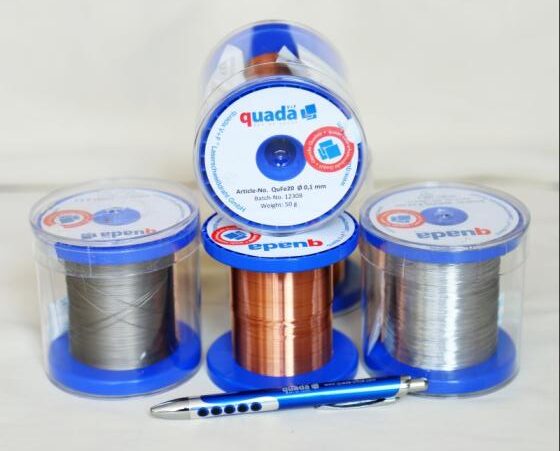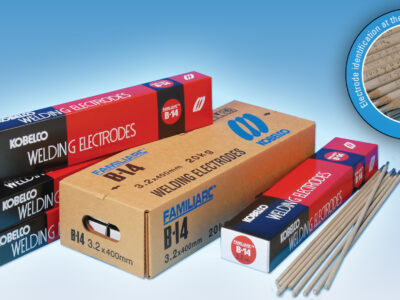Laser Welding Wire
Laser welding wires available in a wide range of alloys with different diameters. The wires allow materials with high and low melting points. Wires are engraved with material identification to eliminate confusion and improve safety. All wires are 320mm (12.59″) & 500 mm (19.685″)) in length, 0.1mm – 0.8mm in diameter.
The meaning of laser:
A laser is a device that emits light (electromagnetic radiation) through a process of optical amplification based on the stimulated emission of photons. The term “laser“ originated as an acronym for Light Amplification by Stimulated Emission of Radiation
During the last years, the number of applications for laser welding has grown considerably. The good controllability of laser energy and its exposure time to material, over a wide range of settings, also allows welding of materials with high melting points or high conductivity.
Advantages of the laser welding:
– punctual energy input, exactly localised, even in very fine structures.
– limitation of work piece deformation to very slight or none.
– high mechanical strength of welded seams.
– seams are slim and flat, their surface oxide-free.
– non-contact welding without effects of mechanical force on the work piece
– no edge burning
– excellent process control ensures constancy of quality in manufacturing
Applications are:
– seams and corner joints on casings
– butt-welding of pipes
– welding of short tubes on smooth sheet metal
– rotation seams on turning parts
– welding seams on junctures
Weldable materials:
– high-alloy cold and hot working steels
– non-alloy ferrous materials
– low-alloy steels
– stainless steel
– steel and cast iron alloys
– bronze, copper alloys
– nickel alloys
– aluminium alloys
– titan alloys
– precious metals such as gold, silver and platin

















